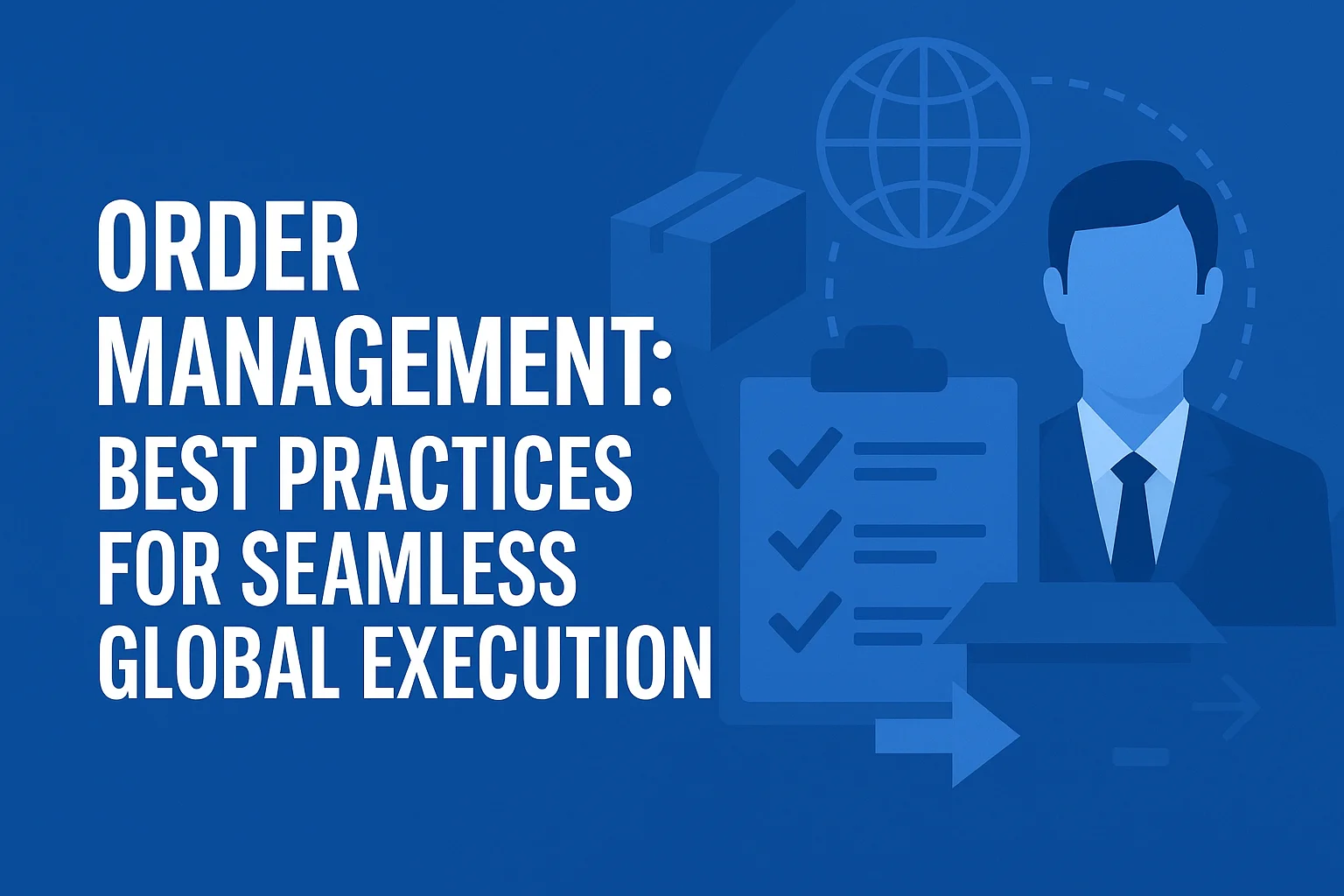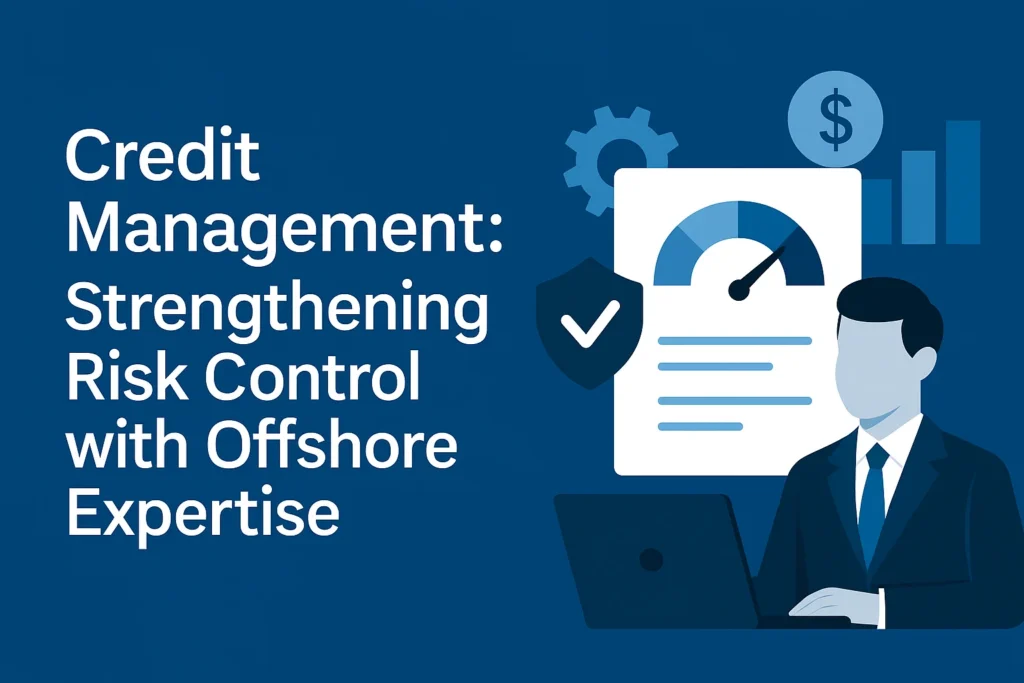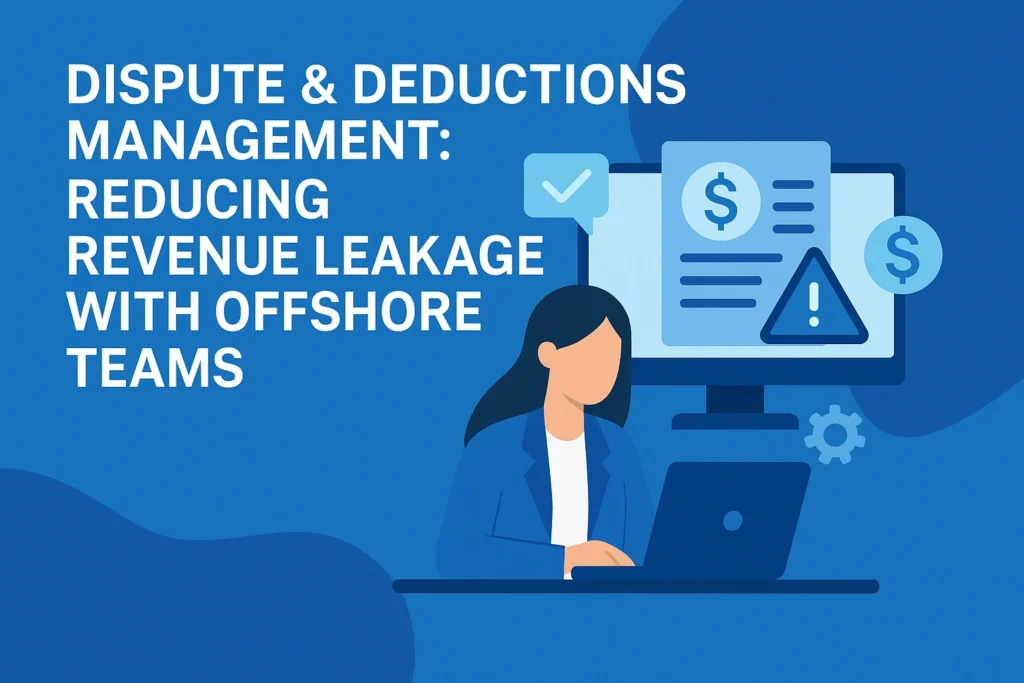Order Management is the foundation of your revenue cycle. It bridges the gap between customer demand and successful fulfillment, ensuring that every order is processed accurately, delivered on time, and billed correctly. Yet, many businesses struggle with manual processes, data silos, and inconsistent communication, leading to delays, errors, and dissatisfied customers.
As companies grow and deal with high-volume, multi-channel orders across geographies, managing everything in-house becomes inefficient. Offshore execution teams offer a cost-effective, scalable, and reliable solution to streamline order management processes. In this blog, we discuss proven best practices to achieve seamless global order execution with the help of offshore teams.
1. Centralize and Standardize Order Data
Disjointed order data creates confusion and delays. Orders from multiple channels—online, direct sales, distributors—often get logged inconsistently, making it difficult to track status or verify details.
Offshore teams help centralize order data by:
- Creating a single source of truth: Using standardized templates and order intake forms across all channels.
- Digitizing paper-based processes: Converting manual orders into ERP-compatible digital records.
- Validating order information: Checking for accuracy in product codes, pricing, discounts, and tax details before processing.
This ensures clean, accurate data flows into your ERP or CRM systems, reducing processing errors downstream.
2. Implement Structured Order Review and Validation Workflows
Order errors—wrong quantities, missed SKUs, incorrect pricing—cause customer dissatisfaction and revenue leakage. A multi-step review process minimizes risks.
Offshore order management teams follow documented SOPs that include:
- Pre-processing checks: Verifying customer details, payment terms, and product availability.
- Approval gates: Escalating exceptions for manager review before order confirmation.
- Automated rule-based checks: Flagging anomalies like duplicate orders or unapproved discounts.
This structured approach ensures every order is accurate and compliant, reducing returns, rework, and disputes.
3. Integrate Order Management with Inventory and Finance Systems
A disconnected order management process creates bottlenecks between sales, warehouse, and finance teams. Offshore support enhances integration by:
- Synchronizing inventory data: Preventing stockouts or overselling by updating availability in real time.
- Streamlining fulfillment triggers: Ensuring that confirmed orders automatically alert the warehouse for packaging and dispatch.
- Aligning with invoicing: Avoiding delays or errors by ensuring that invoicing and shipping data match.
With better integration, businesses achieve faster order-to-delivery cycles and fewer fulfillment errors.
4. Leverage Technology and Automation for Speed
Manual entry and follow-ups slow down order processing. Offshore teams equipped with advanced tools and automation can:
- Auto-capture orders: Extract data from emails, PDFs, or portals and feed it into ERP systems.
- Set up alerts and notifications: For pending approvals, fulfillment delays, or payment issues.
- Generate order tracking dashboards: Providing customers and internal teams with real-time visibility.
This reduces turnaround times and provides a smooth, transparent experience for customers.
5. Establish Clear Communication and Escalation Paths
Offshore order management success depends on strong communication protocols:
- Shared project management boards: Providing real-time visibility of the order pipeline.
- Escalation frameworks: For delayed shipments, unavailable products, or payment issues.
These ensure no order falls through the cracks, and all stakeholders—from sales reps to logistics providers—remain informed.
6. Monitor KPIs and Continuous Improvement
Key performance indicators (KPIs) help measure order management efficiency. Offshore teams track metrics like:
- Order cycle time: Time from order receipt to fulfillment.
- Order accuracy rate: Percentage of error-free orders.
- On-time delivery: Percentage of orders dispatched within the committed timeline.
- Return rate: Identifying and addressing root causes of order errors.
Regular reviews help optimize processes, improve client satisfaction, and boost overall revenue performance.
Key Takeaway
Order management isn’t just about processing orders—it’s about delivering a seamless experience to customers while ensuring profitability for your business. Offshore execution support brings process discipline, technology expertise, and round-the-clock productivity, enabling businesses to handle high order volumes accurately and cost-effectively.
By centralizing data, implementing structured workflows, integrating systems, and maintaining strong oversight, offshore teams transform order management into a strategic growth enabler, not just a back-office function.



